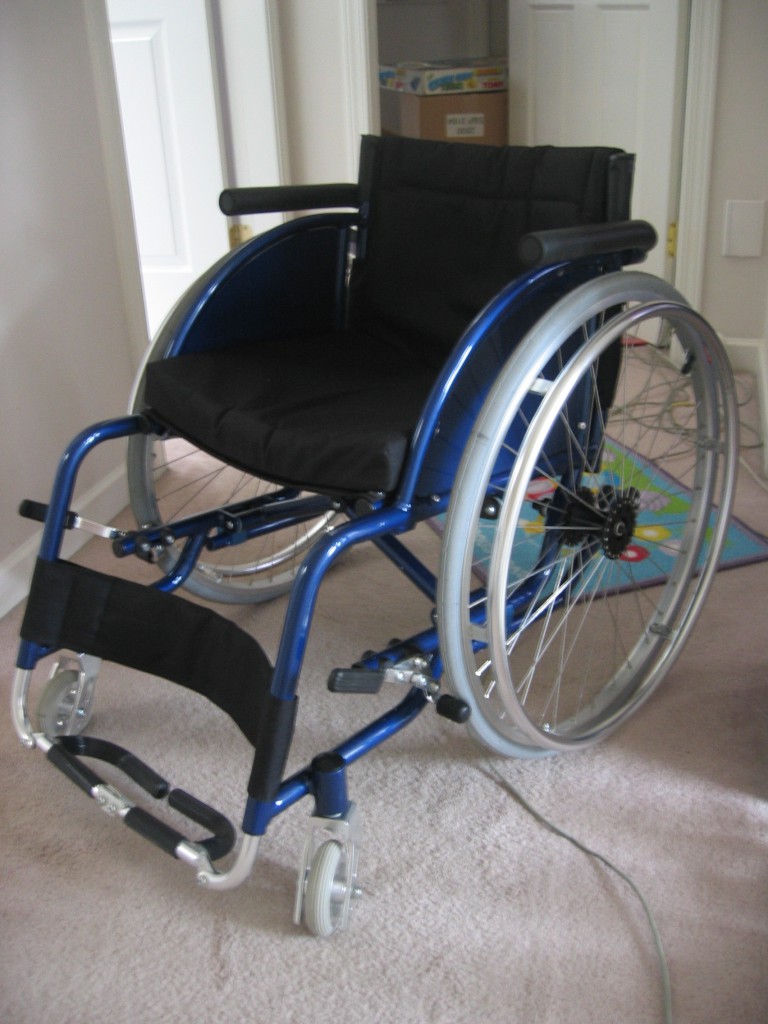Wheelchair systems are one of the most popular medical industry devices. These systems are used by people with special physical conditions, or those recuperating from surgeries. Wheelchair systems are designed to provide mobility for such patients. However, most of the earlier systems were static, and users often required external support to manage them. Nowadays, these wheelchair systems are fitted with electrical, pneumatic, and linear actuator systems that allow easy movement. This post discusses various five ways wheelchairs are allowing users to become self-sufficient and independent.
5 Contributions of Wheelchair Actuator Systems
Actuators provide the freedom of movement that aids a user to correct posture, and improves their comfort level. Here are five ways how electric, pneumatic, and linear actuator system contribute to the movement in wheelchairs.
- Tilt Systems: These are also known as tilt-in-space systems because they can help a user shift the seating back and forth with ease. These systems provide many benefits such as equal weight distribution, improved sitting tolerance, fatigue resistance, and better head and trunk control. Many wheelchairs are equipped with center-of-gravity tilt system actuators, which helps manage fatigue, and regain posture after the seizure.
- Seat Elevators: These actuator systems are used to elevate the seating. The seating angles are not affected, but the wheelchair can be elevated to 10 inches. These systems provide various benefits such as increasing accessibility to work surfaces, which are located in high or difficult to reach places, easy visibility in the crowd, and allow users to see beyond obstacles.
- Recline Systems: These systems allow increasing the seat-to-back angle of the wheelchair seating. These systems are often combined with tilt system actuators, and leg rest elevators for better benefits. These systems with their better seat-to-angle positioning help users to perform their daily tasks such as changing clothes, catheterization, and accessing a product on the shelf.
- Legrest Elevators: The actuator system for wheelchair is mounted at the midline, and helps increase the knee extensions. These systems are often combined with recline systems for a better advantage. Leg rest elevators help reduce leg pain and edema of feet.
- Combination Systems: These systems are basically a combination of tilt, seat elevators, recline systems, and leg rest elevators. Combination actuator systems for wheelchairs are specifically used in custom wheelchair designs. These actuators for wheelchairs offer several benefits of individual systems such as easy tilting, leg rest and seat elevation, and more.
Although all the above-mentioned actuators for wheelchairs facilitate motion, the choice of actuator will depend on the personal requirements of the user. To make the right decision, it is always better to approach a hospital facility, or a manufacturer who provides actuator systems for wheelchairs. They will help you understand how these systems can be beneficial in certain cases.

